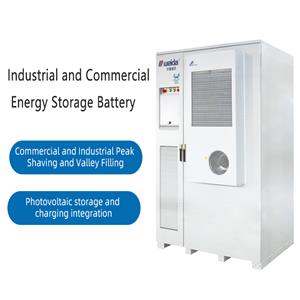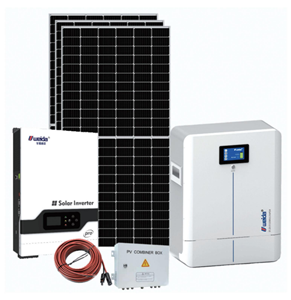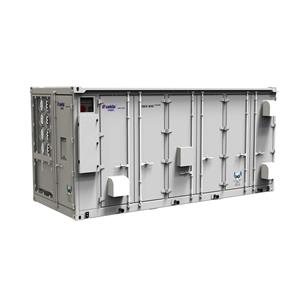Energy storage ‘black science and technology’: the secret weapon to make electricity ‘obedient’.
Electricity is ubiquitous in our lives, but generating and using it is like a ‘relay race’ that requires
precise co-ordination. If too much power is generated and not enough is used up, or if there is not
enough power at peak times, various problems will occur. What should we do? Don't worry, energy
storage technology is like a magical ‘super-charger’ that allows electricity to be accessed at any time,
which is the perfect solution to this problem.

Electrochemical energy storage: the ‘star’ of the battery family
When it comes to energy storage, electrochemical energy storage has to be mentioned. Among them,
lithium-ion batteries are currently the ‘star of the show’. It is like a high energy density, light weight,
small size of the ‘small hand’, widely used in consumer electronics, new energy vehicles and energy
storage field. However, lithium-ion batteries also have their own ‘temperament’, such as safety
challenges, thermal runaway is the focus of research.

In addition to lithium-ion batteries, liquid flow batteries are also emerging. It is a new electrochemical
energy storage technology, by the electric stack unit, electrolyte and other components. Fluid flow
batteries are characterised by high safety, long cycle life, and flexible adjustment of power and energy
storage capacity, making them ideal for large-scale, long-duration energy storage. For example,
all-vanadium liquid flow batteries, with excellent electrochemical performance and decreasing costs,
are accelerating the commercialisation process as the supply chain is gradually taking shape.
New Energy Storage Technologies: A Hundred Flowers
In addition to electrochemical energy storage, there are many other new energy storage technologies
that are flourishing. For example, compressed air energy storage, which uses excess electricity to
compress and store air, and then releases the air to generate electricity when needed. This technology
is low-cost and suitable for large-scale energy storage.
Flywheel energy storage, on the other hand, is an energy storage method that converts electrical energy
into mechanical energy. It has the advantages of high charging and discharging efficiency, fast charging,
and high frequency, but the cost is high and it is not suitable for long-term energy storage.
Hydrogen energy storage is considered the ‘ultimate goal’ for the future. It converts electricity into
hydrogen for storage, and then converts hydrogen into electricity through fuel cells and other
equipment. Although the current technical maturity is low and the cost is high, its advantages will
gradually emerge as the proportion of new energy generation increases.

The future of energy storage: the key to energy transformation
As the global demand for clean energy continues to increase, the importance of energy storage
technology is becoming more and more prominent. It can solve the problem of intermittency and
instability of new energy generation, so that solar, wind and other clean energy can be better
integrated into our lives.
In the future, energy storage technology will move towards higher energy density, longer cycle life,
higher security and lower cost. A variety of energy storage technologies will blossom, and jointly
promote energy transformation and sustainable development.
In short, energy storage technology is like a magical ‘magic box’, so that electricity becomes more
‘obedient’, for our life and economic development to provide a strong support. Let's look forward to
the future of energy storage technology, for our energy world to bring more surprises!



